A Novel That Predicted the Future of New York City
Jay McInerney's groundbreaking novel, "Bright Lights, Big City", captured the essence of 1980s New York City, its hedonism and fleeting pleasures. The story follows a nameless protagonist, a strung-out research assistant navigating the nightlife of Lower Manhattan.
The book's unique second-person narration creates a distinct distance between the reader and the character, allowing for a critical yet compassionate look at the protagonist's descent into addiction and his underlying grief. It's a coming-of-age story with a satirical edge, exploring themes of loss, self-destruction, and the allure of the city.
From Cocaine to Coffee: A Shifting Landscape
Published in 1984, the novel eerily predicted the shifts in New York's culture and social landscape. As the 80s gave way to the 90s, the wild nightlife of cocaine and bohemian creativity was replaced by a more corporate and driven culture, fueled by the rise of Wall Street and the technology boom.
McInerney's novel captured this transition, foreshadowing the future of the city, where art and money would intertwine and the pursuit of wealth would become a new kind of religion.
A Timeless Classic
Despite the changing times, "Bright Lights, Big City" remains a timeless classic, a powerful and insightful portrait of the city's complexities. It's a book that resonates with readers even today, offering a window into the heart of New York City and its enduring allure.
The novel's enduring popularity is a testament to McInerney's sharp observation and ability to capture the essence of the city's spirit. It serves as a reminder that despite the changes, New York City's fascination and allure remain constant.




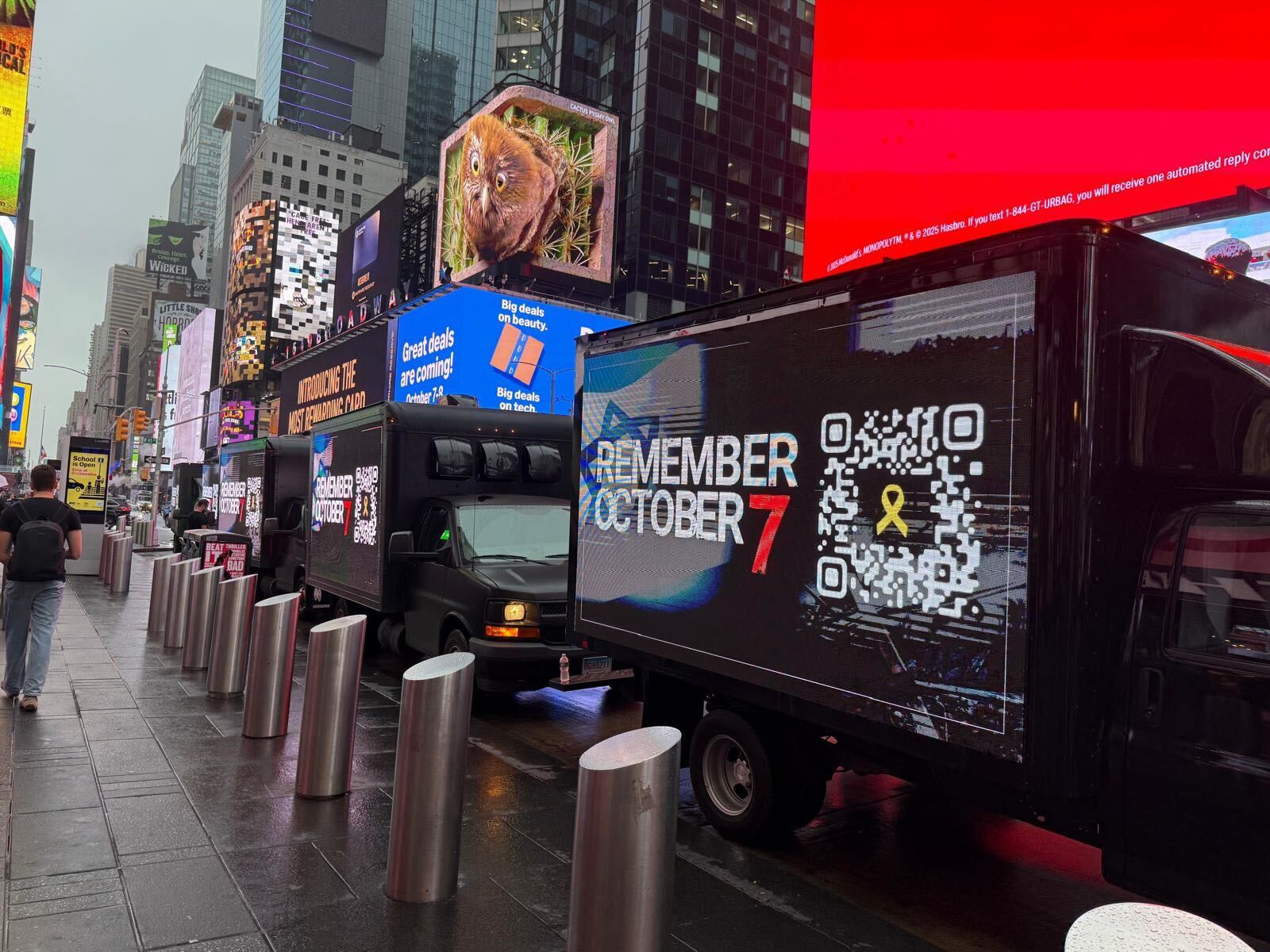

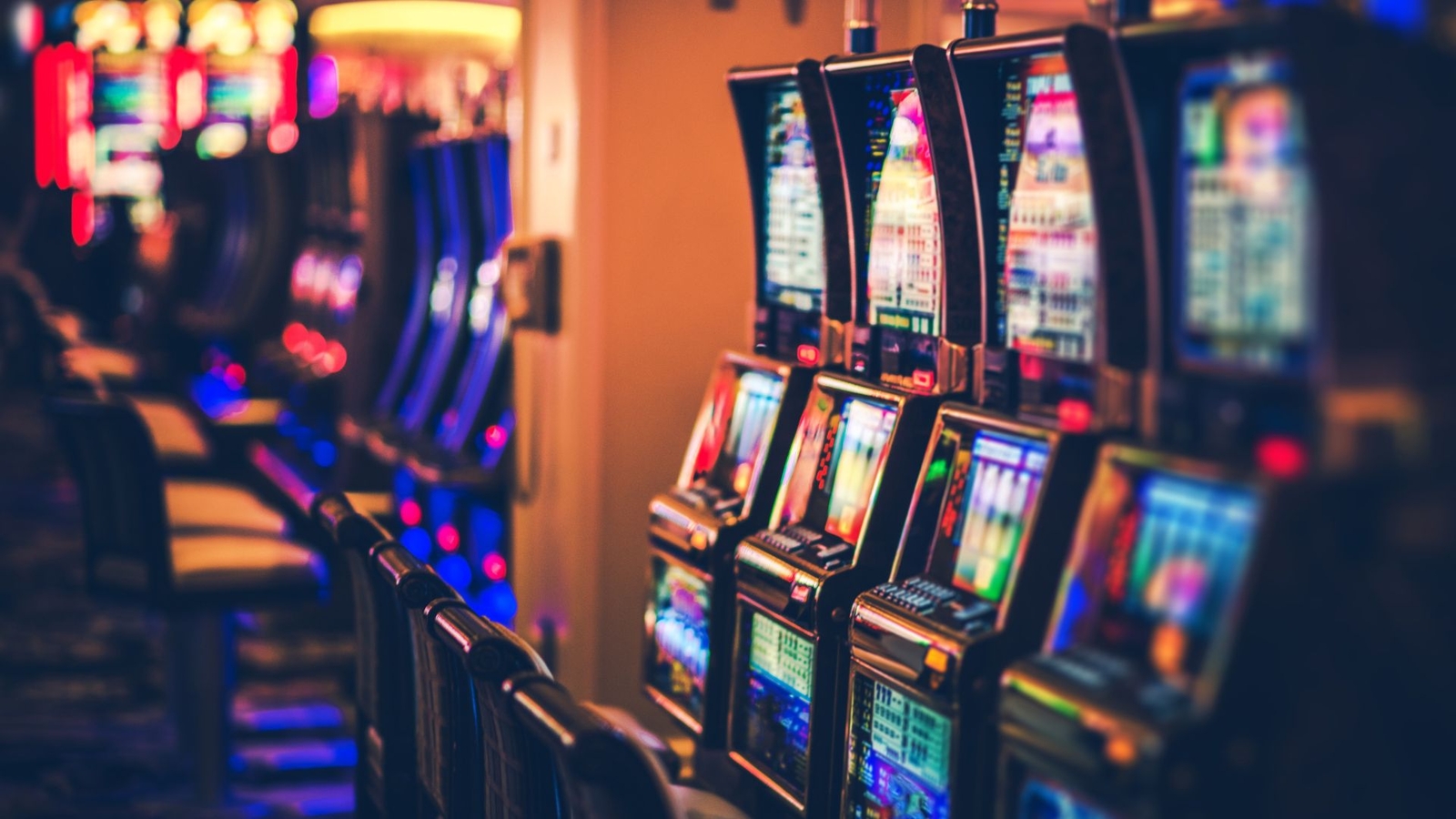


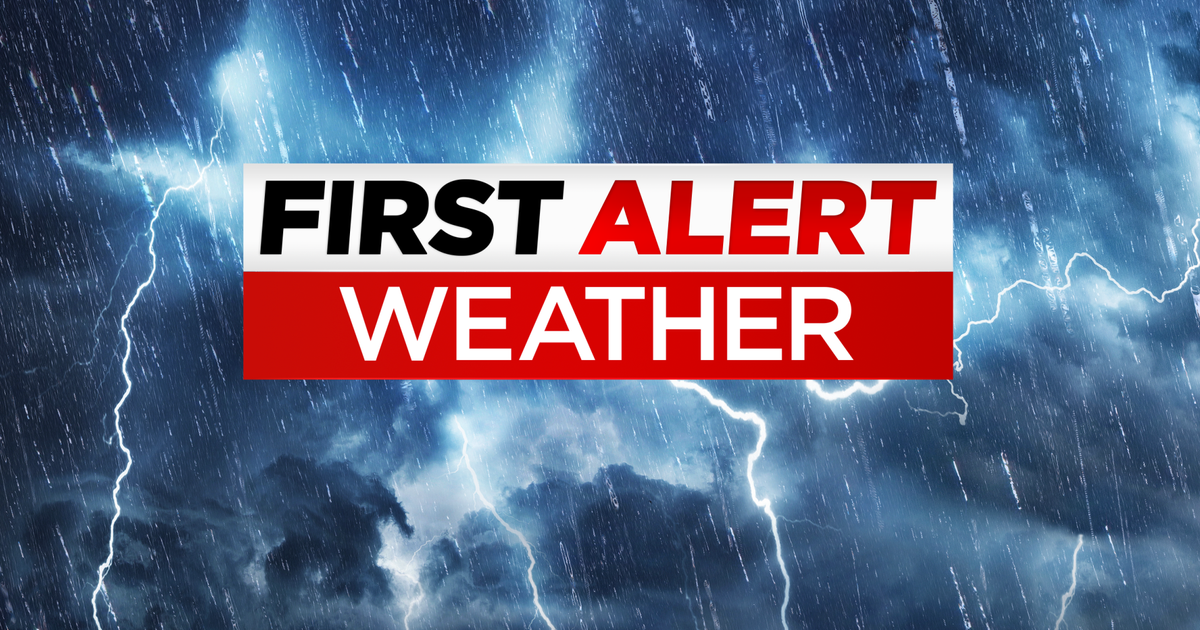
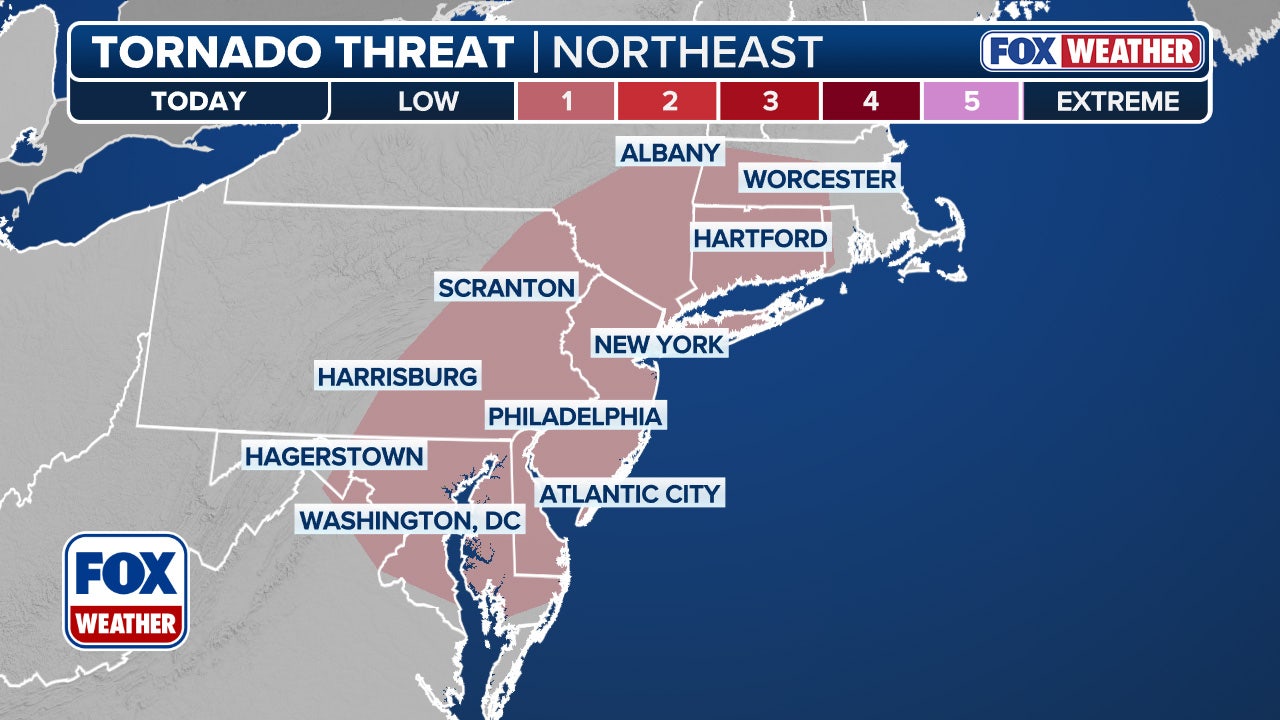
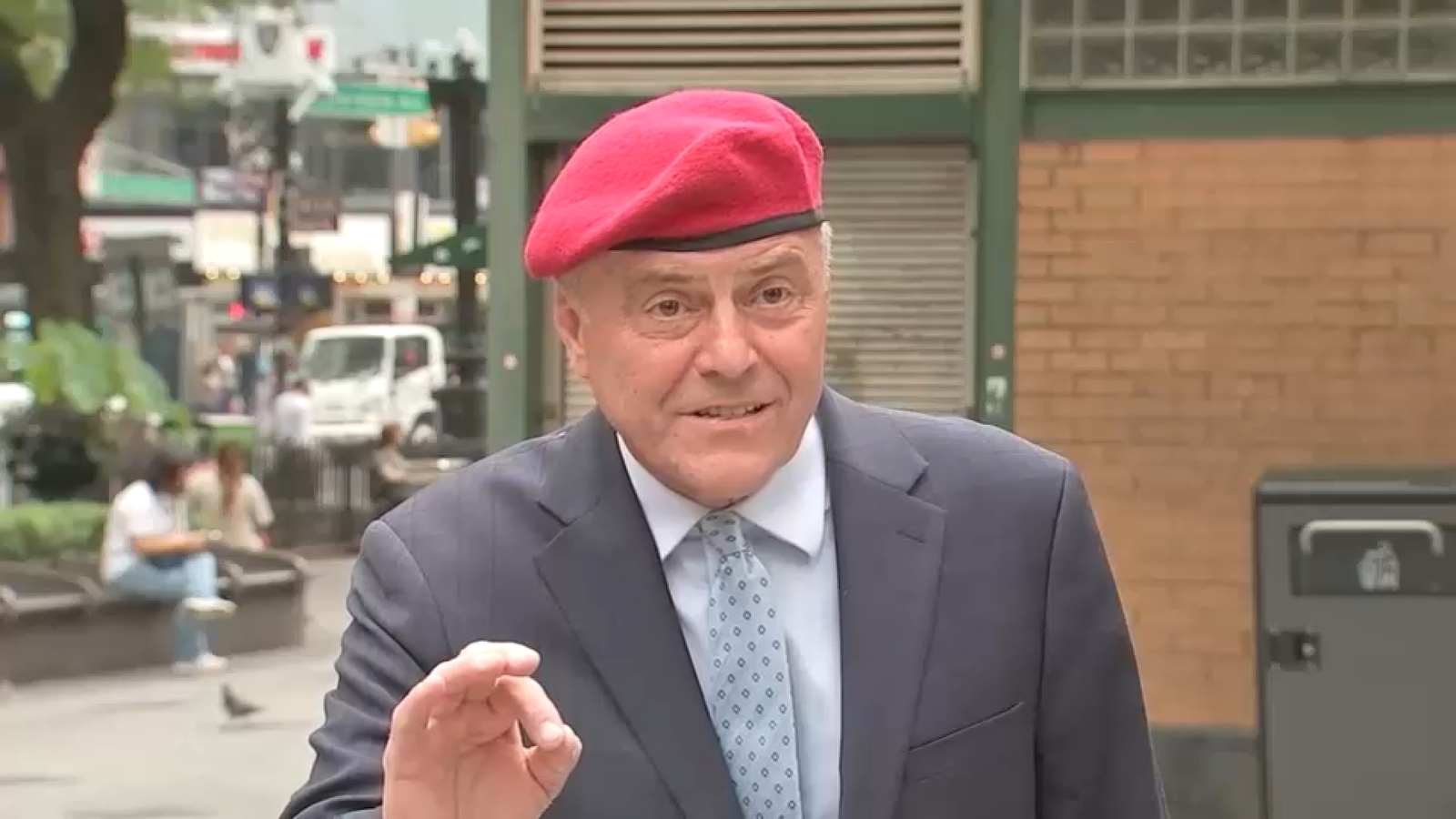



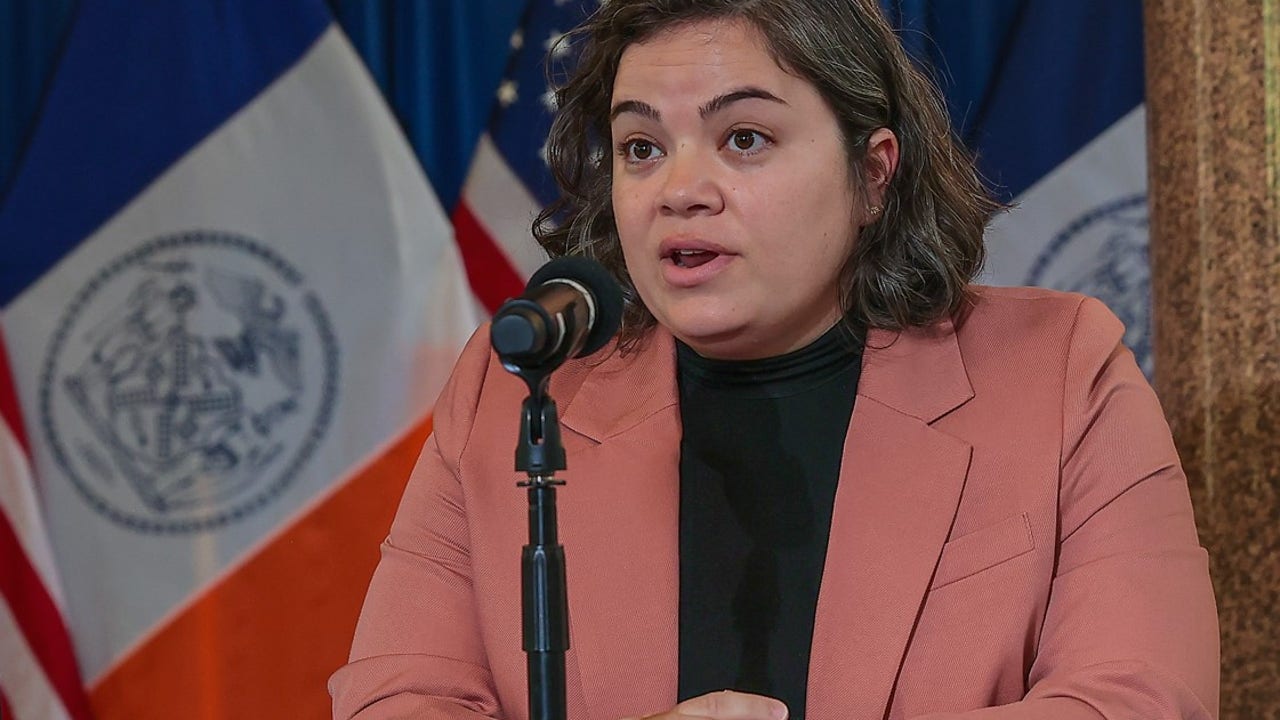



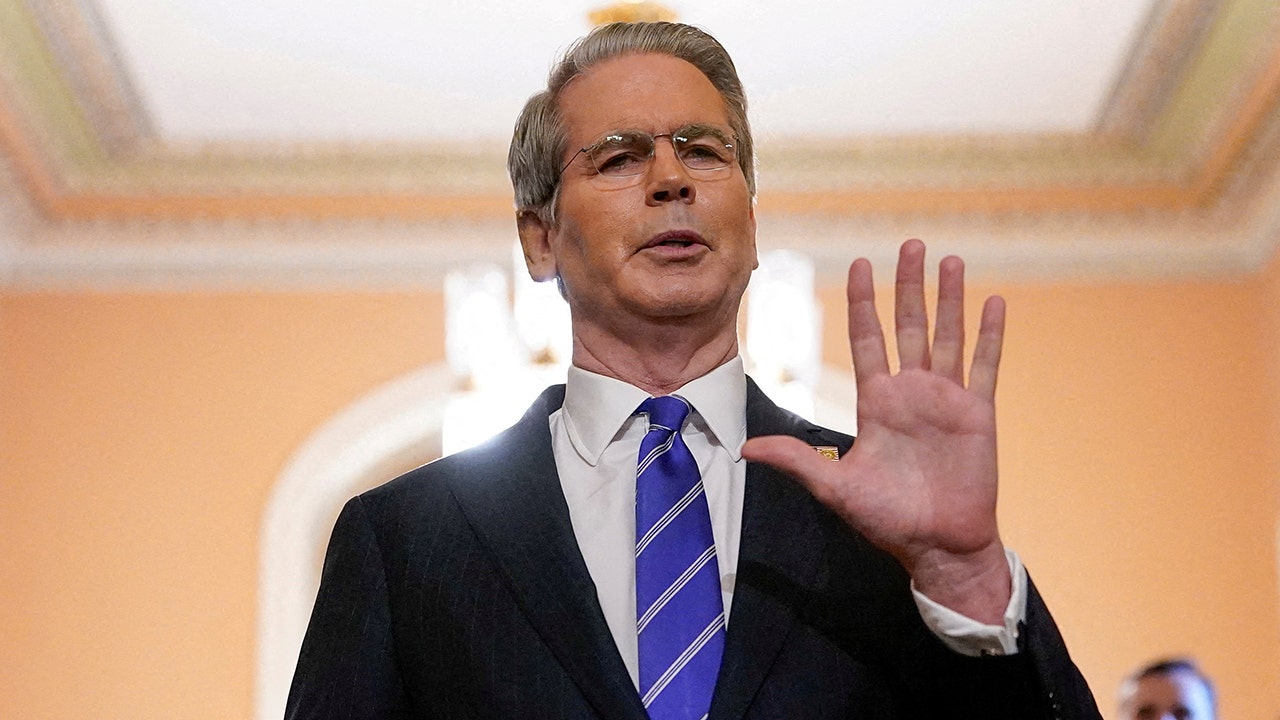
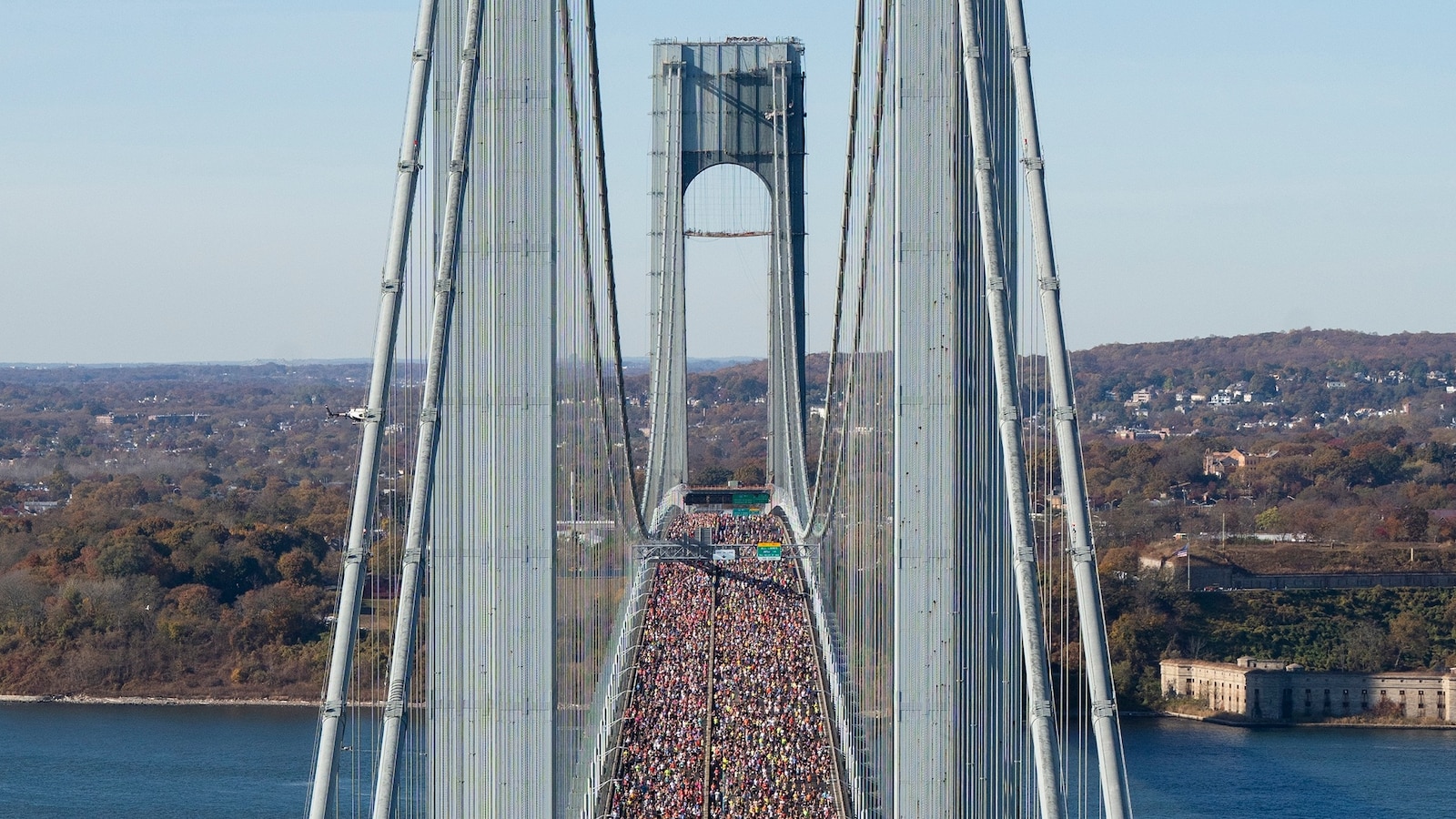
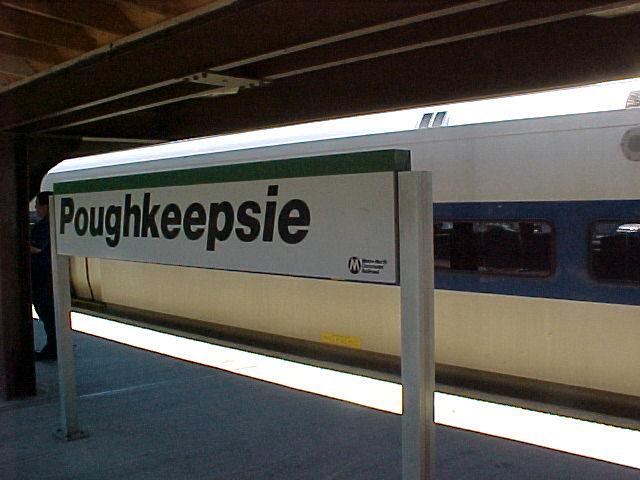




Comments
Join Our Community
Sign up to share your thoughts, engage with others, and become part of our growing community.
No comments yet
Be the first to share your thoughts and start the conversation!